Blog
Ethical and eco-responsible consumption for a greener planet
Using less clothing
29 DECEMBER 2022
Have you been wondering about your clothing consumption for some time now, and want to act more responsibly? Given current environmental issues and the repercussions of clothing production, your approach is entirely commendable. What are the key figures for clothing consumption in France and Europe? How do you keep your clothes looking good over time? We tell you everything you need to know.
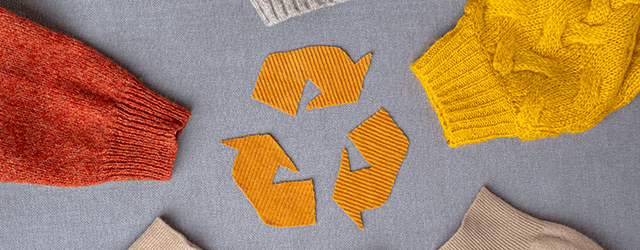
Clothing consumption in France and around the world
A few figures* to know about the clothing and fashion industry in France:
- 154 billion euros in sales in 2018 ;
- 1.5 billion units of clothing consumed in 2017;
- 35.7 billion euros spent on clothing and footwear in 2018. They were the fourth biggest spenders in Europe, after the UK, Germany and Italy.
Other data** on the fashion industry worldwide:
- emissions of around 1.2 billion tonnes of greenhouse gases every year;
- 4% of the world's drinking water is used to produce clothing;
- 3rd largest water consumer in the world, after rice and wheat;
- the equivalent of 50 billion plastic bottles are thrown back into the sea.
The challenge for fashion lovers is to continue to wear their clothes by adopting a more rational approach to consumption and by taking care of their clothes so that they can be worn for a long time.
How do you look after your clothes?
What are the main rules to adopt to extend the life of your clothes and consume less?
Avoid washing at high temperatures
If you can, don't wash your clothes at over 30°C to avoid damaging them. Most of the time, the clothes you wash are not very dirty and do not need an intensive wash cycle.
To go further, you can also space out your washes. For example, that little jumper you only wore for an hour today can be worn again before it goes into the machine the next time!
Follow the washing instructions
Some garments should not be machine-washed. In some cases, hand washing or dry cleaning may be recommended. Check the manufacturer's label .
Take precautions before each wash
The first precaution to take when washing clothes is to separate them by colour. This way, there is no risk of dark clothes "dyeing" lighter ones.
It's also a good idea to turn clothes inside out and zip them up to limit abrasion of the fibres during washing cycles.
Another tip in the same vein is to place underwear and fragile garments in pouches to avoid friction with the other garments being washed.
Finally, and for the same reasons, don't overload your washing machine!
PS: if there are any stains on your clothes, it's best to treat them before putting them in the machine.
Don't use too much detergent
Contrary to popular belief, using more detergent does not improve washing. Too much can leave marks on fabrics.
Detergent dosage should be based on water hardness. The softer the water, the less detergent you need (and vice versa).
Limit the use of tumble dryers
The tumble dryer is a very practical tool, but it does have a few drawbacks. It uses a lot of energy and contributes to premature wear and tear on fabrics. In fact, tumble dryers tend to cause clothes to shrink over time. What you should do instead: air-dry as much as possible.
PS: Sweaters require a little more attention when drying. We recommend leaving them to dry flat to avoid warping.
- Putting your clothes away
○ Fold whenever possible, as thin hangers tend to distort clothes.
○ Use thicker hangers for jackets and wooden or velvet-covered hangers for shirts, dresses, blouses, etc.
Taking care of your clothes
Don't hesitate to protect your clothes during everyday activities.
○ Use a napkin to avoid staining during meals.
○ Remember to hem your trousers, jeans, dresses and long skirts so they don't drag on the floor.
○ Air clothes regularly.
○ Fold jumpers instead of putting them on hangers.
○ Use a steam iron instead of an iron. It is much gentler and reduces the risk of fabric degradation.
○ Use an anti-pilling razor on jumpers and coats
Maintenance can also take the form of dyeing. After several years of use, clothes can sometimes change their appearance and become duller. In this case, a dye will bring out the colours and make your clothes look younger again.
> See also:Eco-friendly clothes care
Watch out for pests
Install a moth-proofing device in your natural wardrobe to protect all fragile textiles, especially woollens. The most commonly used solutions are :
- cedar moth repellent ;
- mint ;
- lavender
- thyme ;
- laurel or rosemary leaves.
Pay attention to your personal hygiene
Unsurprisingly, the cleaner you are, the less likely you are to stain your clothes when cleaning. The areas to keep an eye on are your neck and armpits. For armpits, you can use anti-moisture patches, for example.
PS: Some clothes have a limited lifespan. After a few years, they will need to be changed. When you buy new clothes, choose a brand that offers items made from more sustainable materials and/or recycled materials.
Discover the Elora collection
*Source : Fashion United
** Source: Ademe
Mais aussi...
Nos autres articles
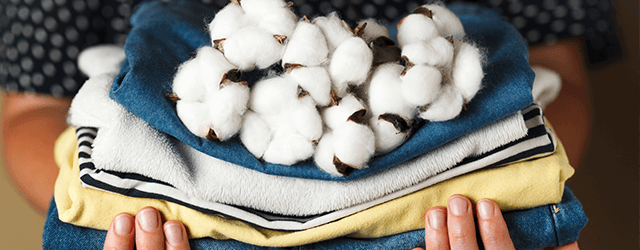
How do I choose eco-responsible clothing?
05 July 2022
Eco-responsibleOur tips for choosing eco-responsible...
Lire cet article
Eco-responsible fashion: a sustainable choice for Elora
17 May 2022
Eco-responsibleEco-responsibility is a key concern for many companies. Elora is part of this philosophy...
Lire cet article
Why choose an eco-responsible brand?
02 March 2022
Eco-responsibleFor some time now, you've been feeling the urge to consume better, particularly when it comes...
Lire cet article



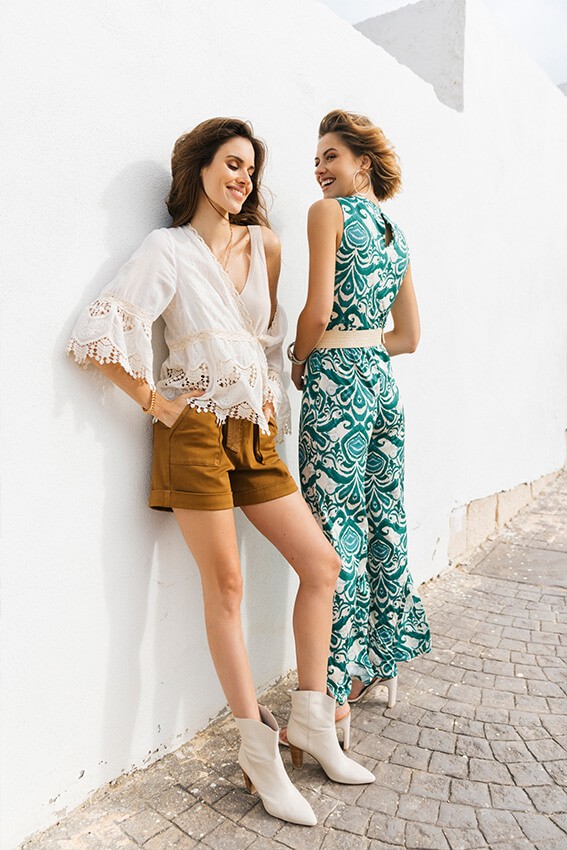

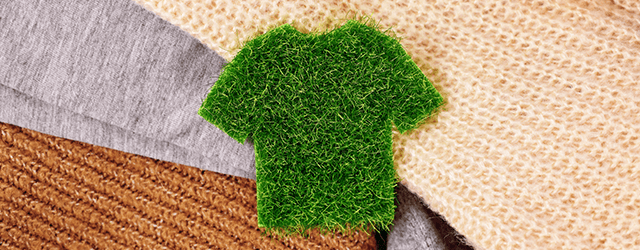
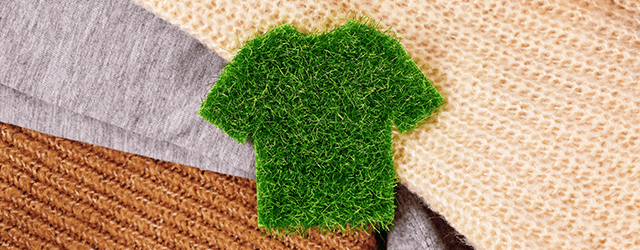 Lire cet article
Lire cet article